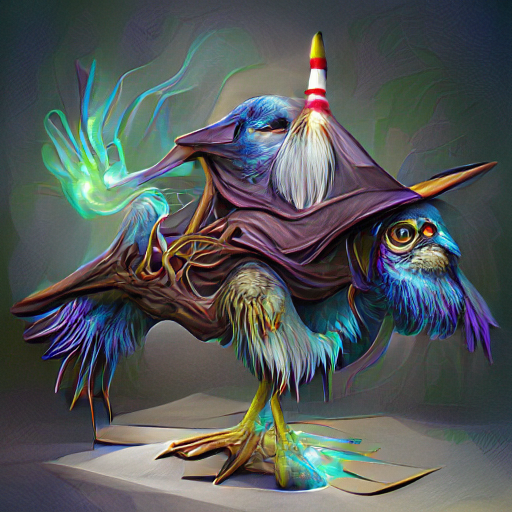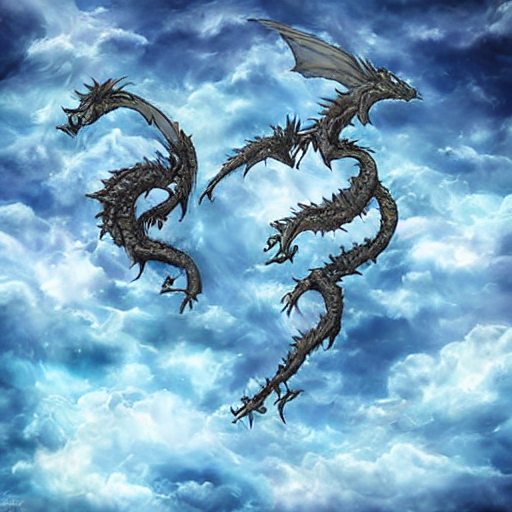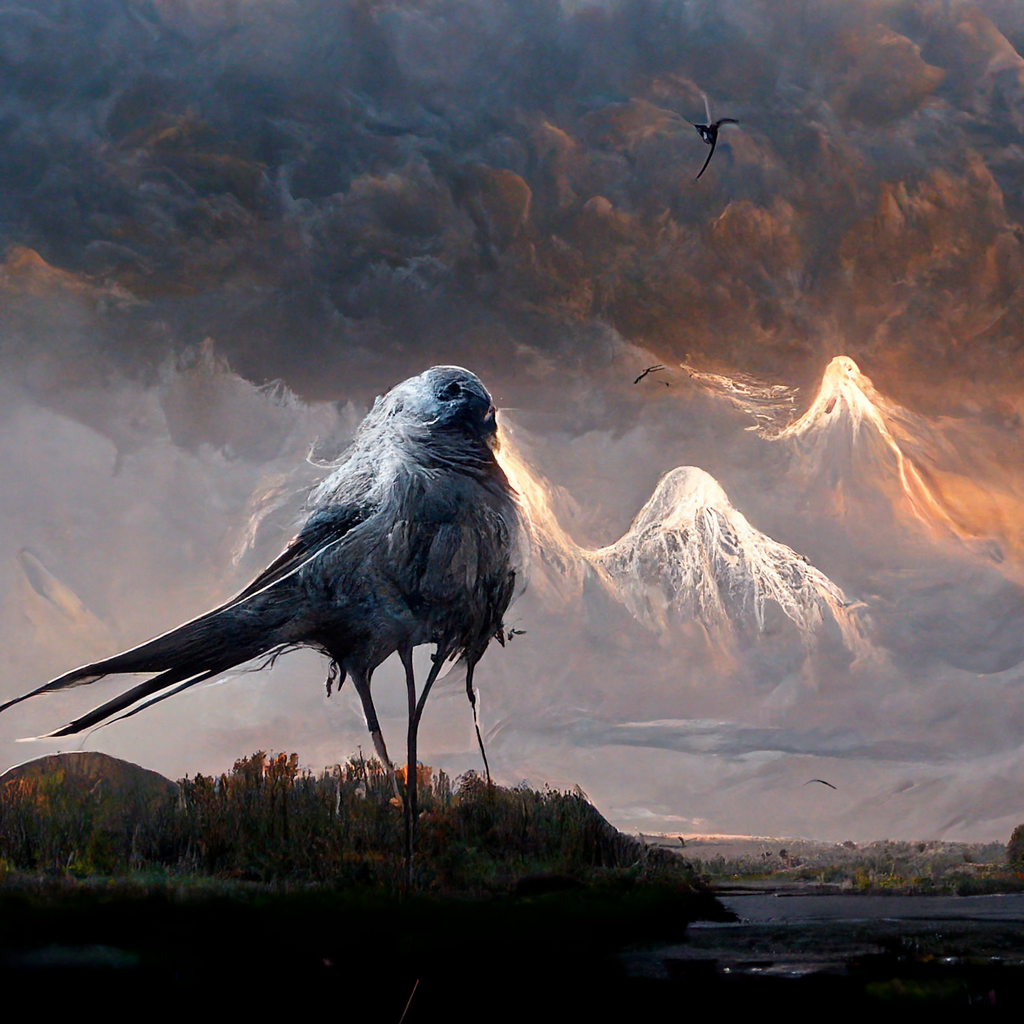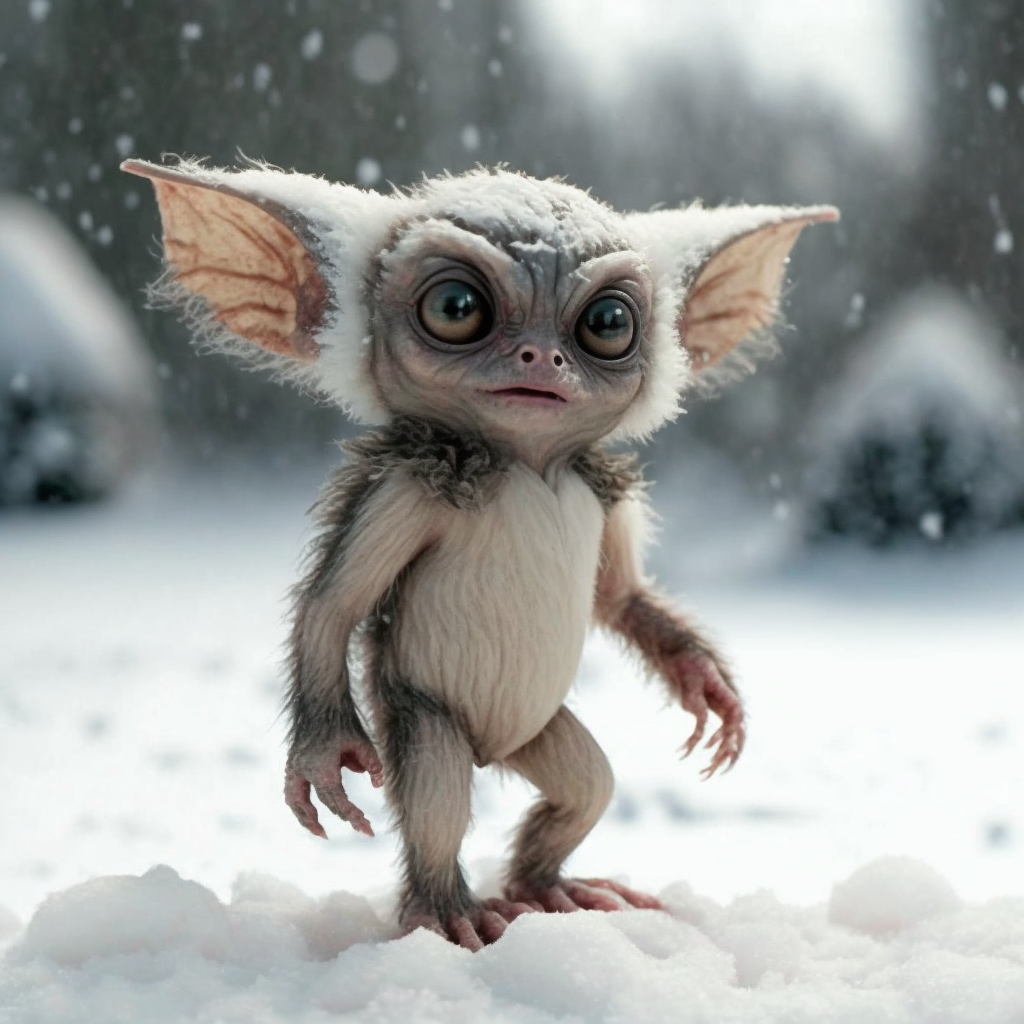
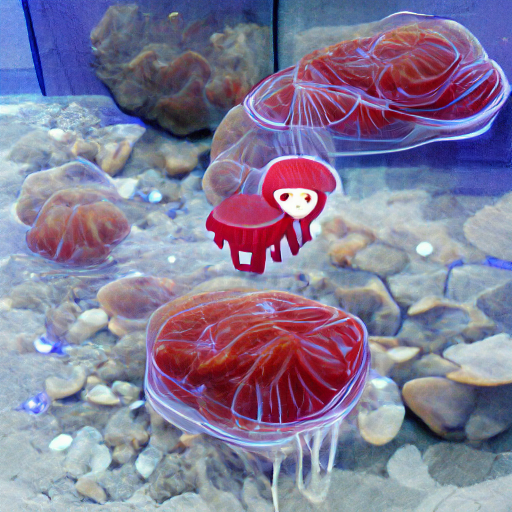
Mouma often live among jellyfish herds, but are more closely related to goldfish. Their bright, red coloring is a deterrent to most aquatic predators, although they're squishy and delicious. Mouma are a common pet for schoolchildren because of the expressive, silly faces they make. They typically live for about one year. Their favorite food is lettuce.
Explore an endless universe of ficticious life on NovelGens.


